
The Earth is beautifully strange. The Earth is full of unusual and fantastic things, from tiny puddle-dwelling organisms that can live in space to paint so black that your eyes can't see it. Here are a few things on Earth that you probably had no knew existed.
#1 Vantablack is the Darkest Known Substance in the Universe

Vantablack is a nanomaterial that is the darkest substance on the planet. Surrey NanoSystems invented it in the UK in 2015, and it is essentially a collection of vertical carbon tubes that are "grown" on a substrate. Vantablack absorbs 99.98% of the light that strikes it. This implies that when the human eye stares at Vantablack, it sees nothing, making it the closest thing to peering into a black hole.
#2 Aerogel Looks Like a Slice of Cloud
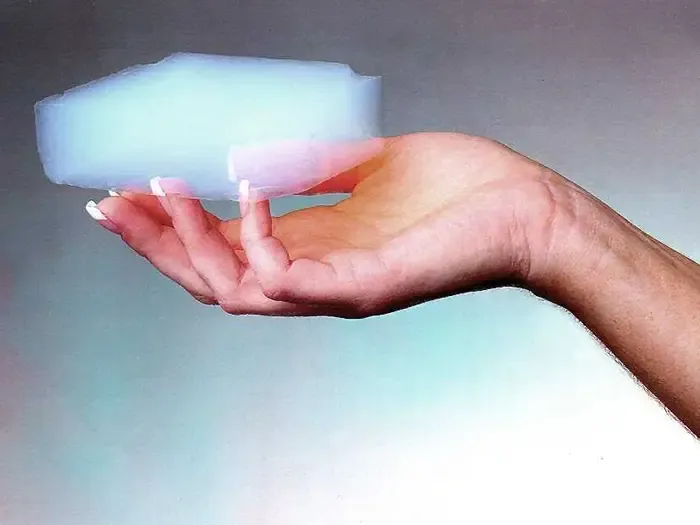
Aerogel is a superlight substance composed of gel and gas. Because of its ethereal look, it has been dubbed "frozen smoke" or "solid cloud."
Scientists have developed over a dozen formulas for various forms of aerogel, but they all follow a similar process: combine chemicals, allow them to settle into a moist gel, and then suck all of the liquid out. The end product is an incredibly low density material that is 99% air. Because it is mostly composed of air, and air is a poor heat conductor, spreading a layer of Aerogel between a flower and a flame will protect the blossom from being killed.
#3 Rainbow Eucalyptus Trees Have Candy-colored Bark
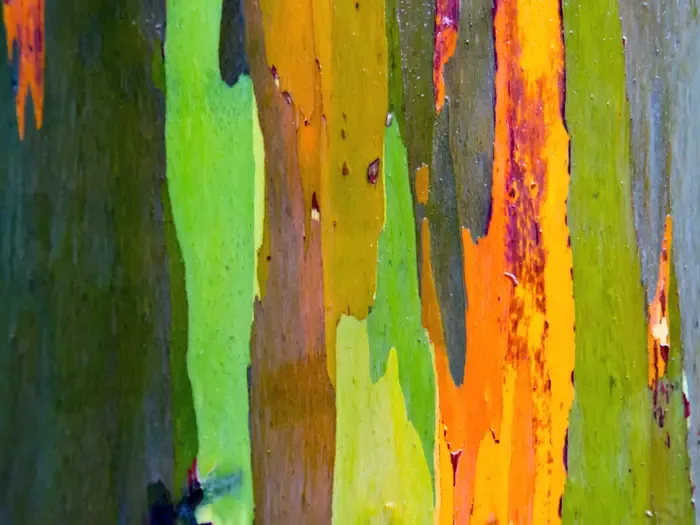
The Eucalyptus Deglupta tree may appear to be from a Dr. Seuss book, but it is native to Indonesia, Papua New Guinea, and the Philippines. This one-of-a-kind tree has colorful bark with vibrant blue, orange, purple, green, and maroon streaks.
According to the Missouri Botanical Garden, the unique hues are a result of the tree's shedding; when strips of bark peel away, the tree's brilliant green inner bark is seen. This inner layer grows slowly and changes hues.
#4 The Blue Angel Sea Slug Looks Like an Alien
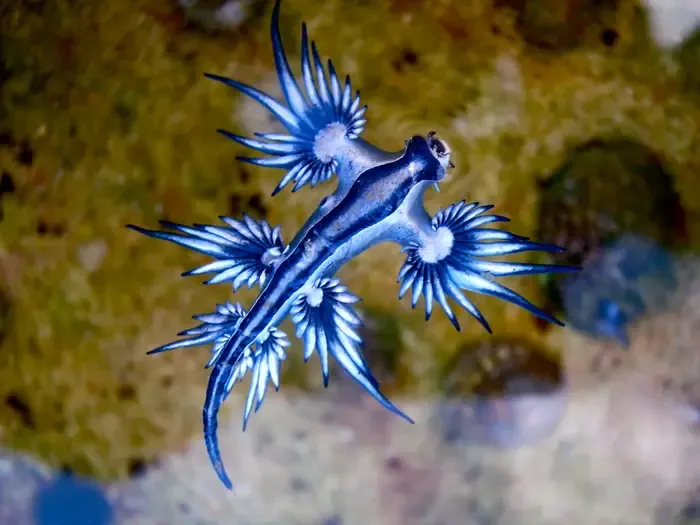
Glaucus Atlanticus is a type of sea slug known as the "blue angel," and it is as uncommon as it is beautiful, only found on the beaches of South Africa and Australia.
The blue angel is a carnivorous marine monster that feeds on other poisonous water critters like the Portuguese man of war. It gathers venom from its prey in specialized sacs, concentrates it, and then utilizes it on subsequent prey.
#5 There's an Underground Cathedral in Colombia Entirely Made of Salt
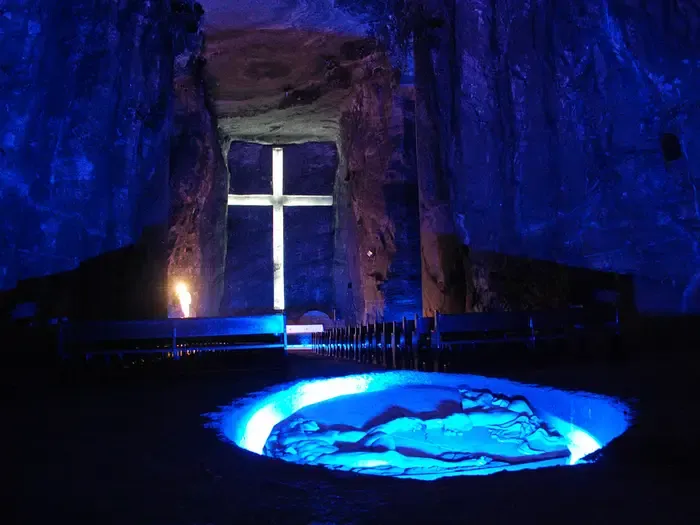
An subterranean Roman Catholic church in Cundinamarca, Colombia called the Salt Cathedral of Zipaquirá was discovered in a salt mine in 1954. It is 180 meters below the surface of the little hamlet of Zipaquirá and is constructed entirely of salt. The cathedral, which features a huge salt cross and can hold up to 10,000 people, has never been completely crowded.
#6 Goblin Sharks are 'Living Fossils' that Look Straight out of a Nightmare
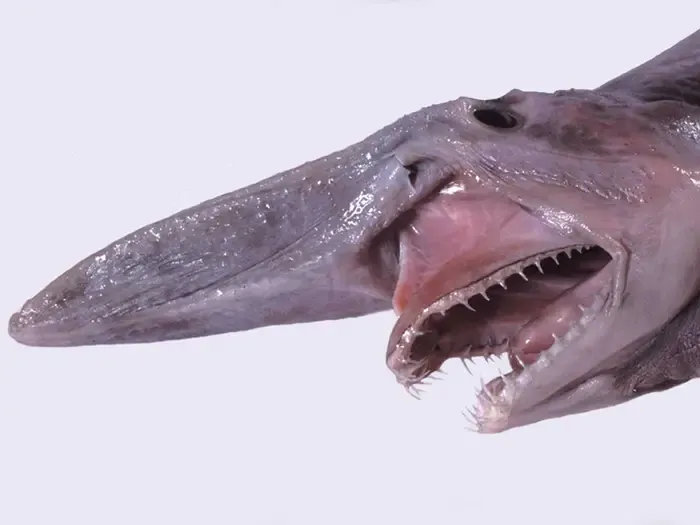
Occasionally referred to as "living fossils," goblin sharks are a rare type of deep-sea shark. They are the sole known survivor of the extinct shark family Mitsukurinidae.
The elongated, nail-like jaws of goblin sharks give them their unique appearance. Their ability to sense electrical currents created by other creatures allows them to quickly extend their jaws to snag prey. Without watching video of a goblin shark attacking its prey, it is difficult to comprehend how horrible this is. According to Digital Spy, the Neomorph in "Alien: Covenant" was really modeled by this species.
#7 Bismuth is an Element with a Psychedelic Surface

You may recall the chemical element bismuth from chemistry class in high school, but you probably were unaware of its vivid, iridescent look.
According to Live Science, bismuth has a special "stair step" development pattern in which the outside edges form more swiftly than the inside parts. This produces a crystalline structure that resembles a grid of rainbow squares.
#8 This Volcano in Indonesia Spews Bright-blue Lava - Sort of

The Kawah Ijen volcano in Indonesia is notable for its propensity to spew out waves of what seems to be blue and purple lava.
The lava itself isn't blue, technically. The interesting hue, according to Smithsonian Magazine, is caused by a significant amount of sulfuric gas that is released with the lava. The gas burns with a vivid colour when it ignites, giving the lava an electric blue appearance.
#9 The Voynich Manuscript is Mysterious Book Written in an Untranslatable Language

A 240-page medieval book called the Voynich Manuscript, written in an unidentified language, has long confounded researchers and code-breakers.
It is thought that the document was first written somewhere between 1404 and 1438. There are perplexing designs and pictures throughout that seem to show everything from strange vegetation to pregnant people soaking in green pools. There have been no successful attempts to translate the content of the book or to identify the flora it depicts.
A team of Canadian computer scientists said in January 2018 that they may have achieved a little amount of success using AI to decode chunks of the document. However, the researchers acknowledged that the procedure still has to be improved and feedback from academics is necessary.
#10 The Most Inaccessible Place in the World is Called Point Nemo

The furthest point on Earth from land is Point Nemo. It is situated in the middle of the triangle formed by Ducie Island, Motu Nui (a component of the Easter Island group), and Maher Island close to Antarctica, and is officially recognized as the oceanic point of inaccessibility.
The International Space Station circles the Earth from a distance of around 258 miles, whereas the closest populated area to Point Nemo is more than 1,670 miles distant. Because of this, astronauts are often the closest people to Point Nemo.
#11 The Danakil Depression Looks Like the Surface of an Alien Planet
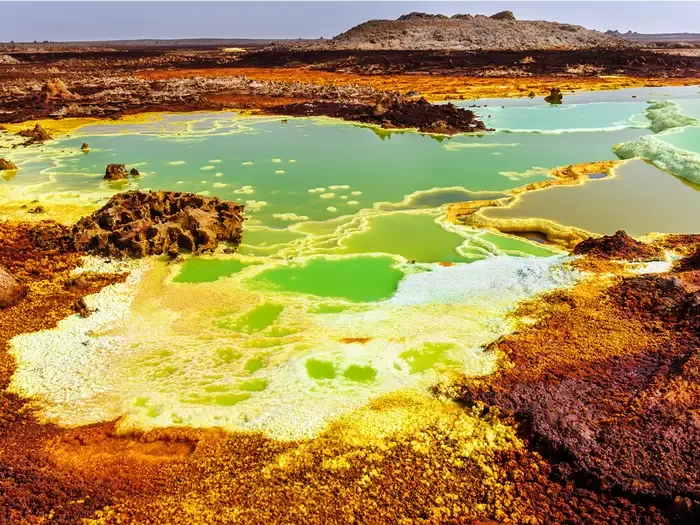
The Danakil Depression in Ethiopia is one of the planet's strangest landscapes. This bizarre location, which is part of the Afar Triangle, is peppered with shimmering salt flats, neon-colored hot springs, and crackling lava pools. Hydrothermal fields are surrounded by poisonous vapors, and many of the local pools are acidic.
#12 There are Underwater Lakes and Rivers within the Ocean
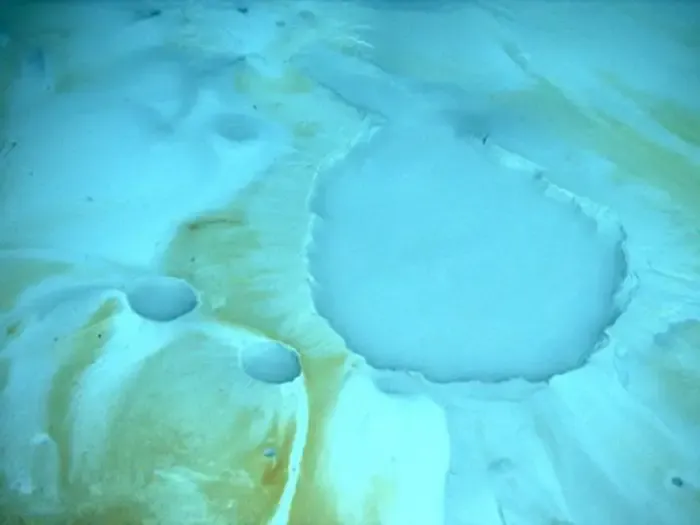
Underwater lakes, often referred to as brine pools, are bodies of water that are significantly more salty than the ocean above them. Due to the salty water's higher density than the surrounding saltwater, underwater lakes that seem to be distinct from the ocean as a whole develop.
When submarines reach the ocean below, they can even float on these brine pools since these lakes have unique waves of their own that crash against the "shoreline." Unfortunately, these lakes include significant concentrations of deadly methane and hydrogen sulfide as well, making swimming in them dangerous for people.
#13 The Biggest Living thing on Earth is a Massive Fungus
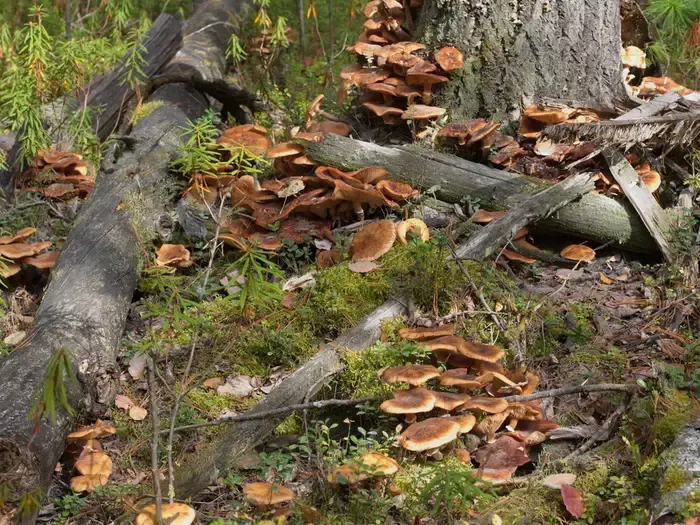
Elephants, redwood trees, and whales are all enormous, but they aren't the planet's biggest living thing in terms of surface area. The Armillaria Ostoyae mushroom takes the top spot when measured by sheer size, while the Pando tree colony is the biggest living thing on earth in terms of mass.
This fungus, known as the "Huge Fungus," has colonized 2,385 acres of Oregon's Malheur National Forest. DNA analysis was performed by the researchers to establish that all of the growth's components are, in fact, various portions of the same organism, which they first identified as a fungus in 2017. Between 2,400 and 8,650 years have probably passed since the huge mushroom began to grow, and its tops are reported to be rather tasty.
#14 Tardigrades are Microorganisms that can Survive in Outer Space

Tardigrades are intriguing microorganisms that can live almost everywhere. They are also known as water bears or moss piglets.
Although Smithsonian magazine claims that the organisms can live in temperatures as low as -328 degrees Fahrenheit (-200 degrees Celsius) or as high as 300 degrees Fahrenheit, they like to hang out in wet regions like mud or moss (149 degrees Celsius). Additionally, researchers have shown that water bears can withstand radiation, boiling liquids, pressures greater than six times higher than those found in the deepest section of the ocean, and even space vacuum.
#15 There’s a Cave in Mexico Filled with Towering White Crystals
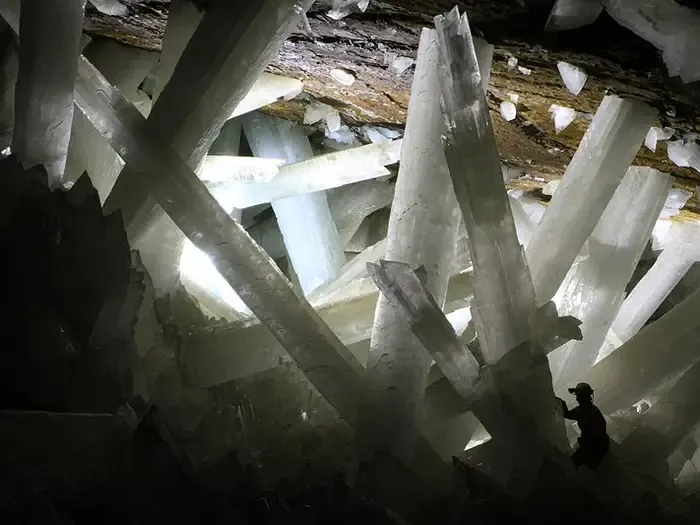
This fascinating cavern, which is appropriately called the Cueva de los Cristales or The Cave of Crystals, is crisscrossed with dazzling gypsum crystals that dwarf human visitors.
When workers in the Mexican state of Chihuahua drained the water from a zinc mine beneath Naica, they only then came across this enigmatic location.
The structures are so pristine and dazzling that scientists are unable to date them with standard methods. But inside one of the crystals, scientists found what they think to be a sample of bacteria that is 50,000 years old. The mining company that owns the land where the cave is situated permitted it to flood again in 2017.
Source: Business Insider

